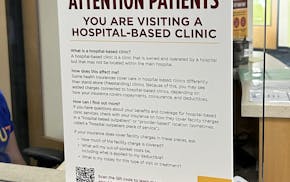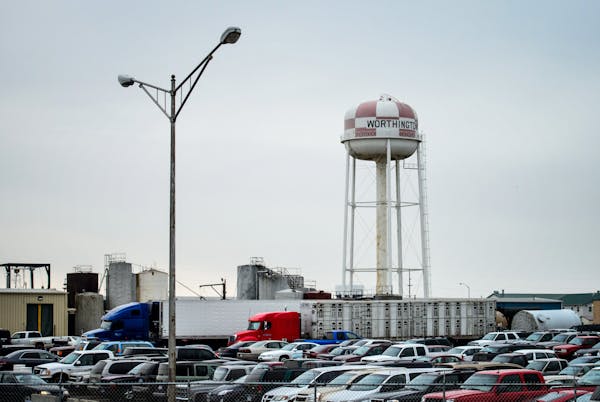WASHINGTON - Agriculture Secretary Sonny Perdue rolled out a $19 billion rescue plan Friday for a long list of agriculture sectors that say the ripple effects of the COVID-19 pandemic through supply chains and markets will force many farmers out of business.
Perdue is likely to come under scrutiny over fairness in distributing billions of dollars in direct payments to a cross section of farmers and ranchers, just as he was regarding distribution of trade aid to compensate farmers for lost foreign markets during trade disputes. However, few in agriculture are likely to question the need for help during the pandemic.
In a statement, the secretary said he is pulling together funding and authorities provided in two economic relief packages and using $873 million of existing USDA funding for food purchases. The department's umbrella name for the aid package is the Coronavirus Food Assistance Program.
Of the $19 billion, $16 billion in direct payments to farmers and ranchers will be "based on actual losses for agricultural producers where prices and market supply chains have been impacted and will assist producers with additional adjustment and marketing costs resulting from lost demand and short-term oversupply for the 2020 marketing year caused by COVID-19," Perdue said in the statement.
Eligibility criteria, payment rates and other implementation details will be released at a later date, the USDA said.
The department will use $3 billion to purchase a variety of agricultural and food products. Purchases are a standard tool the USDA uses to remove surplus products from the market to keep market prices from declining.
However, the USDA is taking a new approach to deal with COVID-19 and will spend money with regional and local distributors hit hard by closures of restaurants, hotels and other institutional food service providers. The USDA will buy $300 million a month in fresh fruits and vegetables, dairy products and meat. The food will be sent by distributors and wholesalers in preapproved boxes to food banks, community and faith-based organizations, and other nonprofits that serve low-income people.
Several agriculture-related industries and their congressional supporters, including apple, biofuel, bison, catfish, cattle, corn, cotton, dairy, pork and soybeans, have argued for aid since Congress approved the most recent U.S. economic relief bill.
COVID-19 has highlighted the interconnectedness of the food and agriculture supply chains. Public health closures and service restrictions on farmers markets, restaurants and institutional food service affected small farmers who sold direct to consumers as well as larger beef, poultry and pork operations.
Stay-at-home directives in cities and states reduced demand for gasoline and biofuels made from corn and soybeans. Slowdowns and temporary closings of meat, poultry and pork slaughtering and processing plants due to rising numbers of employees sickened or killed by COVID-19 means the plants require fewer animals from farmers and lower prices for livestock. The bottleneck, however, means higher retail prices amid strong consumer demand.
This marks the third time in three years that Perdue has directed massive spending to aid farmers and ranchers, many of whom have experienced six years of low prices and two years of trade fights.
In 2018 and 2019, the department provided a total of nearly $23 billion in direct payments to help producers that lost sales to overseas markets as China and other countries imposed retaliatory tariffs that made selected U.S. farm goods more expensive than their competitors. The department also made $2.6 billion in purchases over those two years for products it sent to food banks and federal nutrition programs.

Luigi Mangione pleads not guilty to federal death penalty charge in UnitedHealthcare CEO's killing

Minnesota lawmakers propose ban on facility fees that trouble patients, increase spending
That $7 latte at Twin Cities coffee shops may soon cost more

